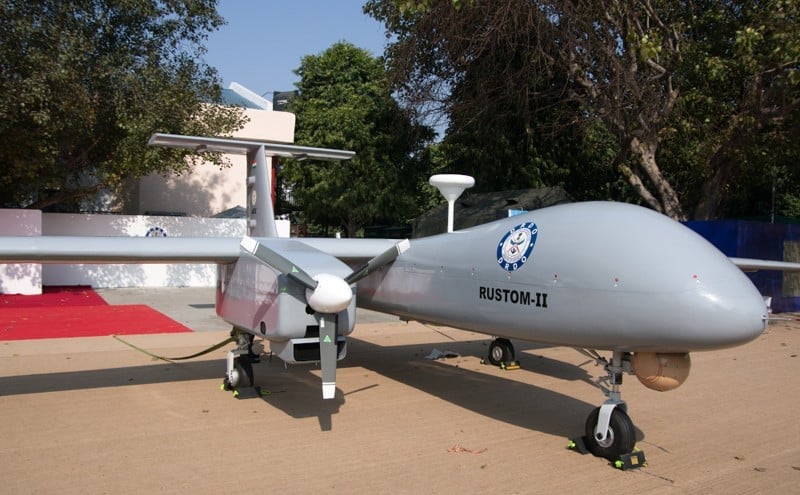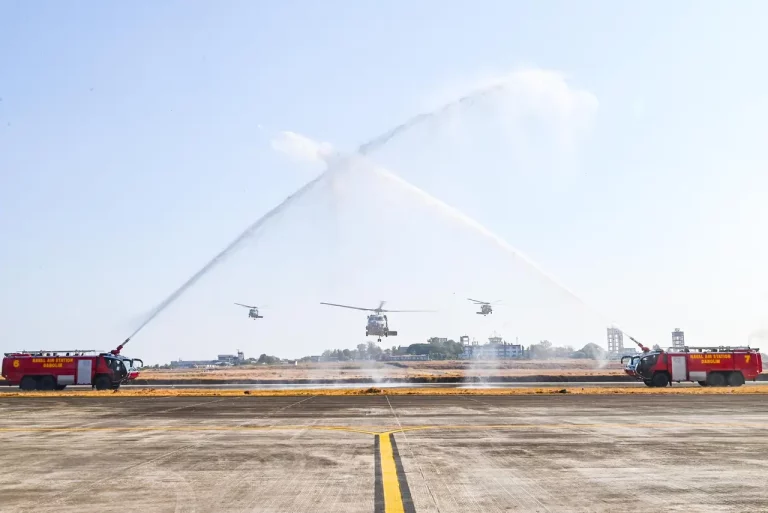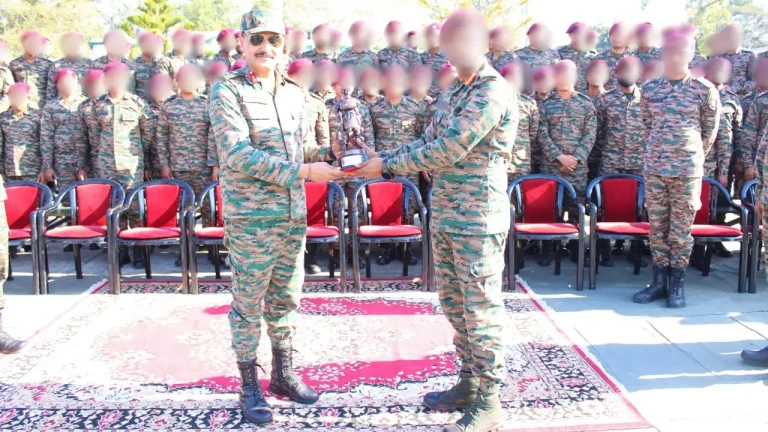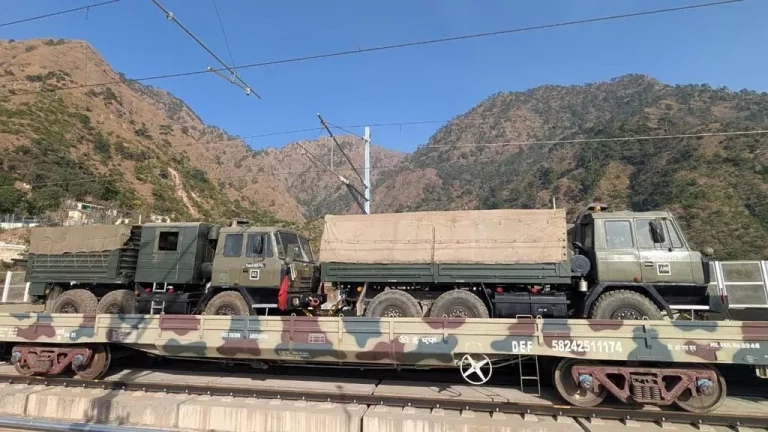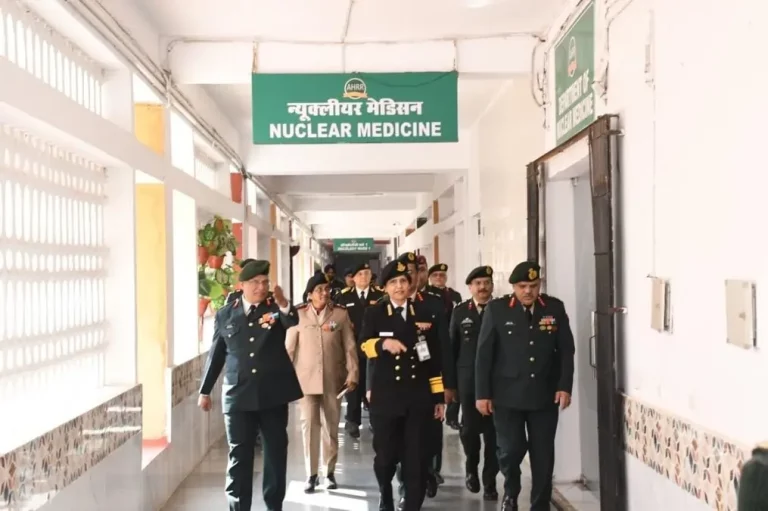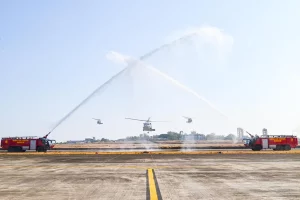In a decisive effort to bolster its strategic surveillance and intelligence capabilities, the Indian Air Force (IAF) has initiated a Request for Information (RFI) for the procurement of three High-Altitude Platform System (HAPS) aircraft. These high-endurance unmanned aerial vehicles (UAVs) are designed to operate in the stratosphere, at altitudes ranging from 20 to 50 kilometers, and are expected to deliver persistent Intelligence, Surveillance, and Reconnaissance (ISR) over sensitive border areas.
The HAPS platforms are built to function as “pseudo-satellites,” capable of remaining airborne for extended periods—from days to possibly weeks—primarily powered by solar energy. The IAF has outlined specific requirements for the aircraft, including a minimum operational endurance of 48 hours and a data link range of 150 kilometers under line-of-sight conditions. Upon acquisition, these systems will be integrated into the Integrated Air Command and Control System (IACCS), enhancing the coordination between sensors, air defense assets, and command nodes for a streamlined response capability.
This initiative comes amid heightened strategic pressure along the Line of Actual Control (LAC) with China and the Line of Control (LoC) with Pakistan, where acquiring real-time intelligence is crucial for national security. The advanced capabilities of HAPS to loiter over remote and mountainous terrain at altitudes well above commercial aviation levels render them particularly suitable for India’s complex geographic and geopolitical landscape.
In contrast to conventional satellites, which can be expensive and limited by their fixed orbits, HAPS offer a flexible and cost-effective solution, enabling launch-on-demand missions. Additionally, these systems can act as communication relays, further enhancing the IAF’s coordination between unmanned platforms and ground control facilities. The RFI deadline for interested vendors is set for June 20, 2025.
This development is a pivotal component of the IAF’s broader strategy to modernize its ISR infrastructure. Alongside the HAPS acquisition, India is also considering the deployment of small, agile satellites to establish a layered surveillance network. Defense experts regard these advancements as vital for maintaining real-time situational awareness and enabling rapid military responsiveness in light of evolving regional threats.
On a global scale, nations such as France and the UK have made significant investments in similar technologies. Notable systems like Airbus’s Zephyr drone and Thales Alenia Space’s Stratobus airship are at the forefront of HAPS development. India’s pursuit of these capabilities underscores its growing focus on indigenous defense technologies and self-reliance in military capabilities.
As the region experiences an arms and surveillance race fueled by advancements in technology, the IAF’s interest in HAPS could represent a transformative shift in India’s ability to secure its borders and protect its national interests.
